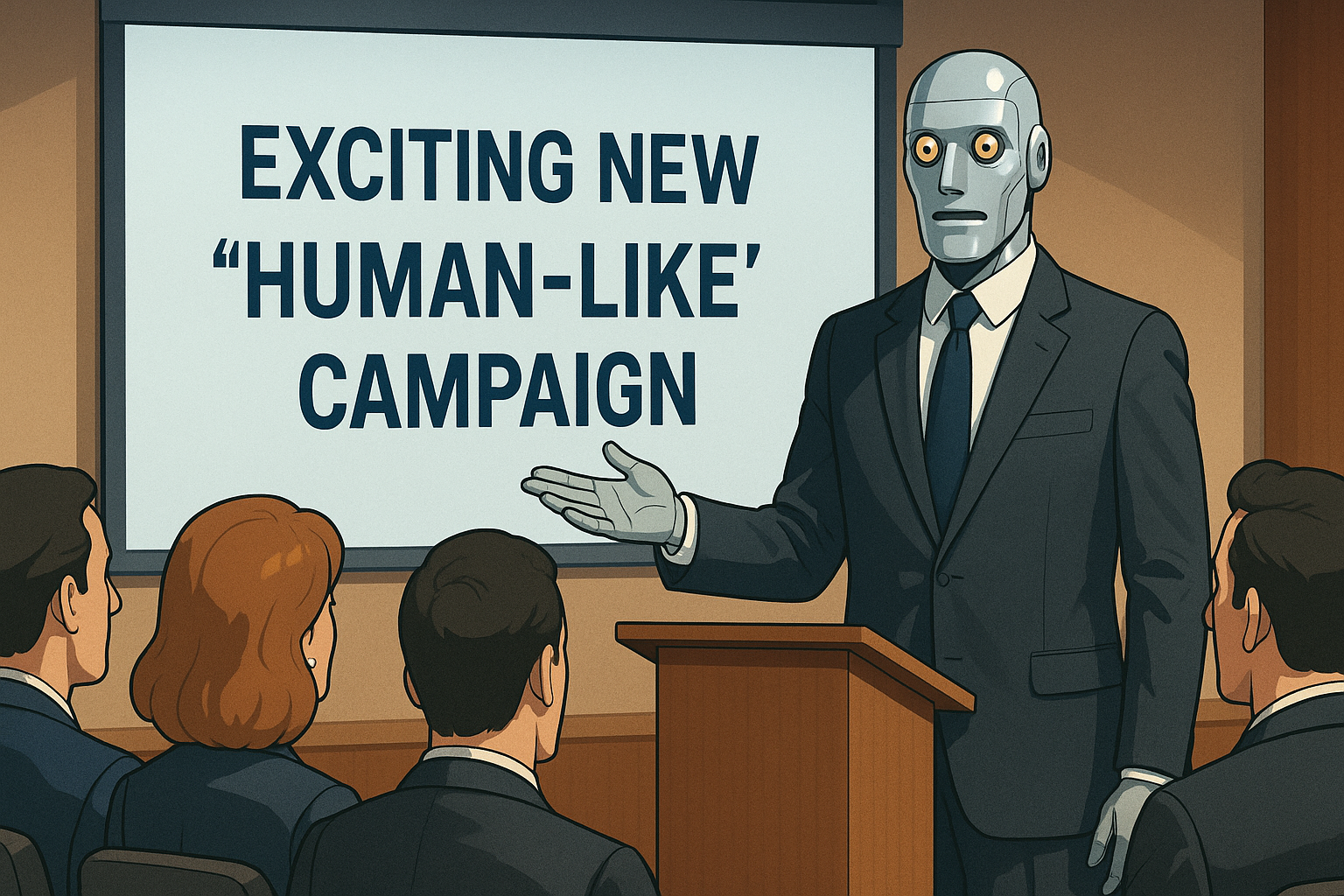The more people you reach, the more chances you have. It’s that simple.
There’s a common lie we’ve all been fed: that highly-targeted, hyper-precise marketing is the most effective way to grow. That if you just focus on the perfect customer, with the perfect message, through the perfect channel — you’ll win.
The truth? That approach works great in spreadsheets and pitch decks. In the real world, it falls flat unless you have scale.
Reach isn’t waste. It’s leverage.
Let me give you an example.
I was running lead gen ads for a B2B client on LinkedIn. In Phase 1, we were targeting a tightly defined group of around 40,000 people. The creative was solid. The offer made sense. But… crickets. No leads.
So we widened the net. We expanded the audience to about 160,000. Same offer. Practically the same creative.
And suddenly, leads started coming in almost every day.
Why? Because marketing is a numbers game. Not in the lazy spray-and-pray way, but in the fundamental sense that you cannot convert people who never see you.
You can’t scale results without scaling reach
Marketers spend so much time trying to optimise everything for conversion — that we forget the simple maths:
If 1 in 100 people convert, showing it to 100 people will get you 1 lead.
Showing it to 100,000 might get you 1,000. That’s not waste. That’s volume.
And sure, you want to get better than 1%. But the point is: volume gives you room to optimise. It gives you more data, more feedback, more signal.
You can’t optimise a dead campaign with no reach.
Targeting is overrated
This might sound controversial, but here it is: Marketers have become obsessed with targeting because it’s cheaper, not better.
We’re told to find lookalikes, job titles, personas. But in doing that, we often strangle our own campaigns by showing them to 200 people a day and then wondering why nothing moves.
Byron Sharp makes the case clearly: mental availability is key. That means being remembered by everyone in your category, not just the tiny few who are ready to buy right now.
Being seen is the first battle
If your campaign isn’t converting, ask yourself:
- Have enough people seen it?
- Have they seen it enough times?
- Are we memorable enough to be recalled when they need us?
Because before you worry about the perfect CTA, or tweaking that headline again, you might need to just get in front of more people, more often.
Final thought
If I could tattoo one line on every marketer’s forehead, it’d be this:
You can’t convert people who don’t know you exist.
So yes, strategy matters. Creative matters. But sometimes, the smartest thing you can do is widen the net and play the numbers.




